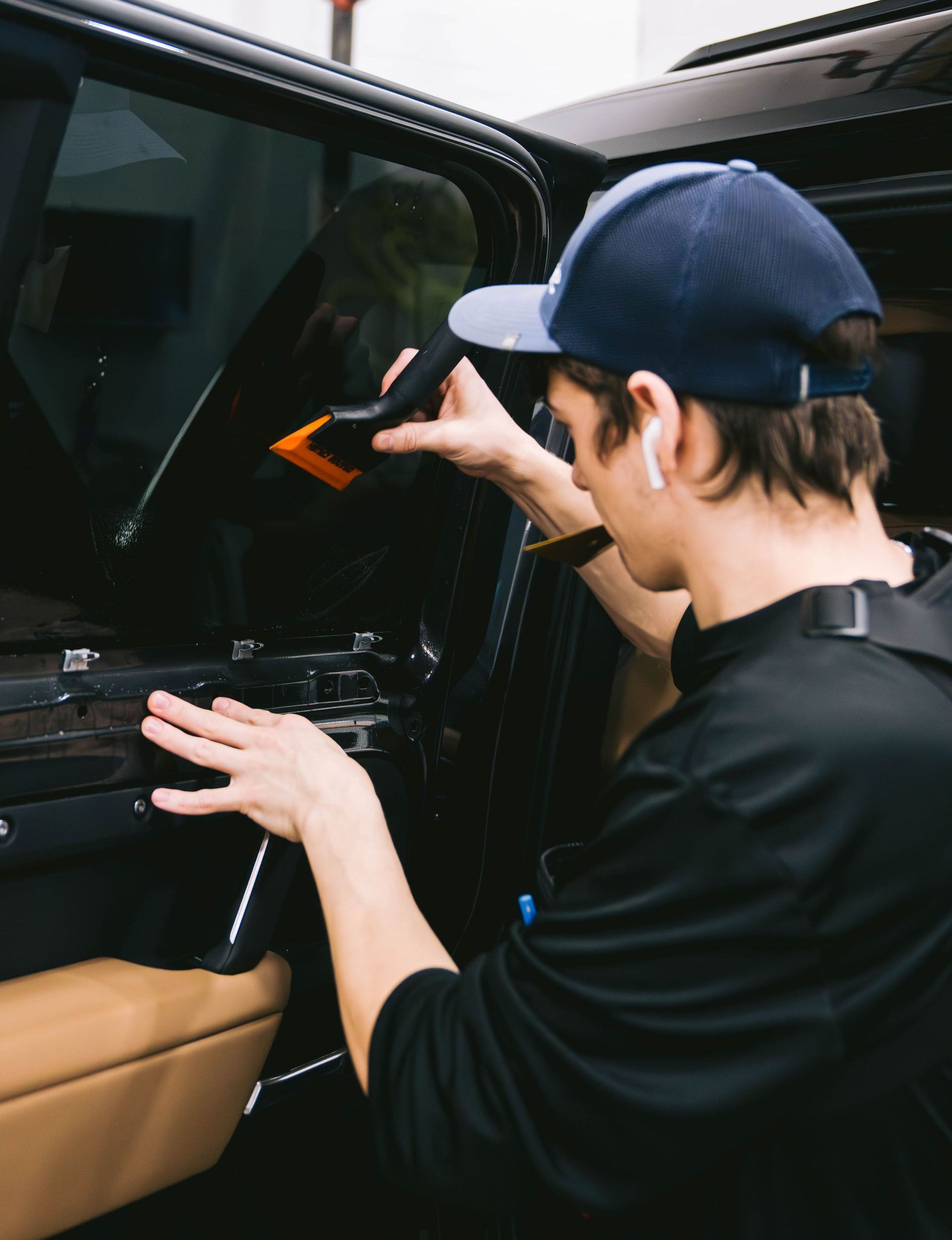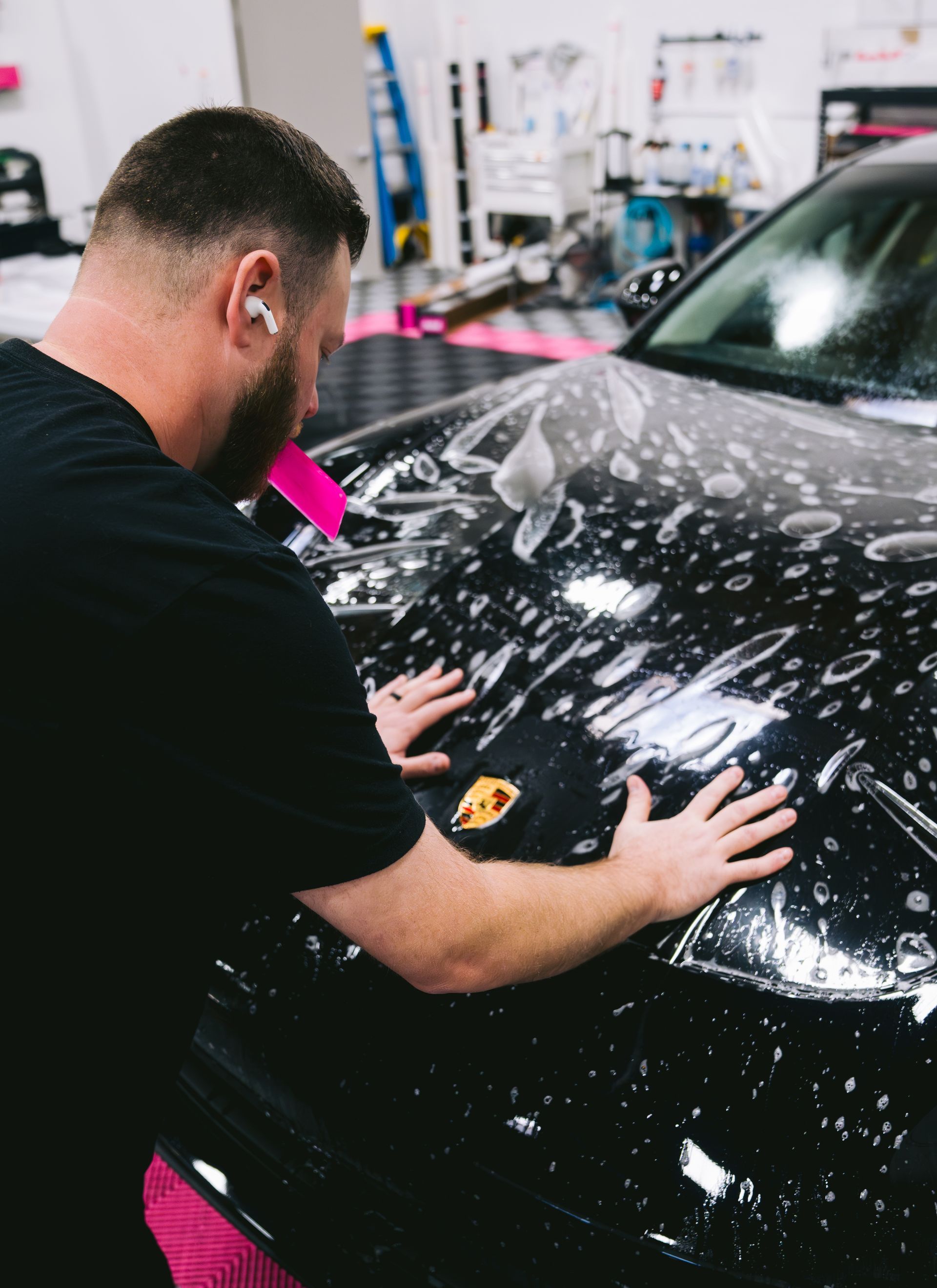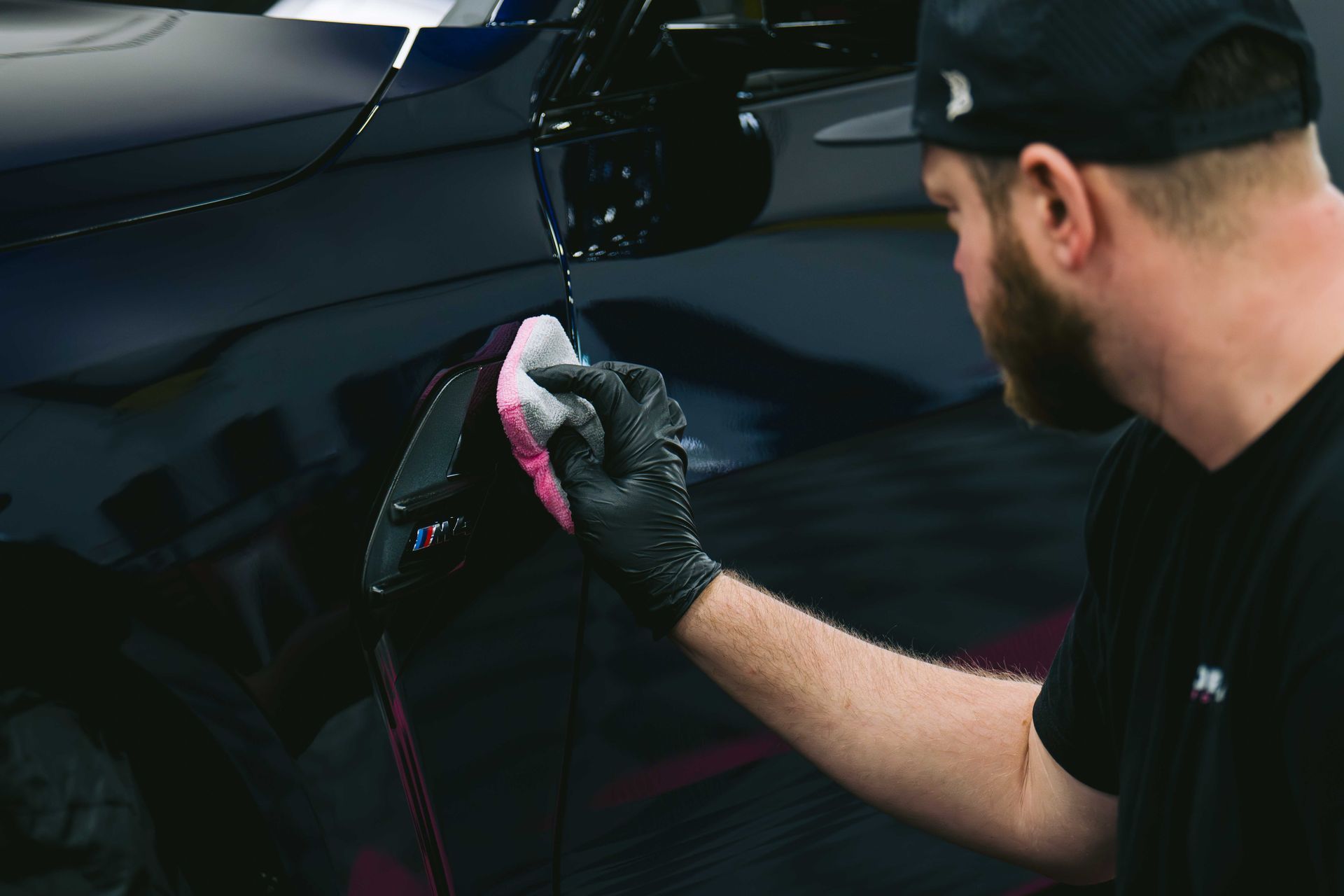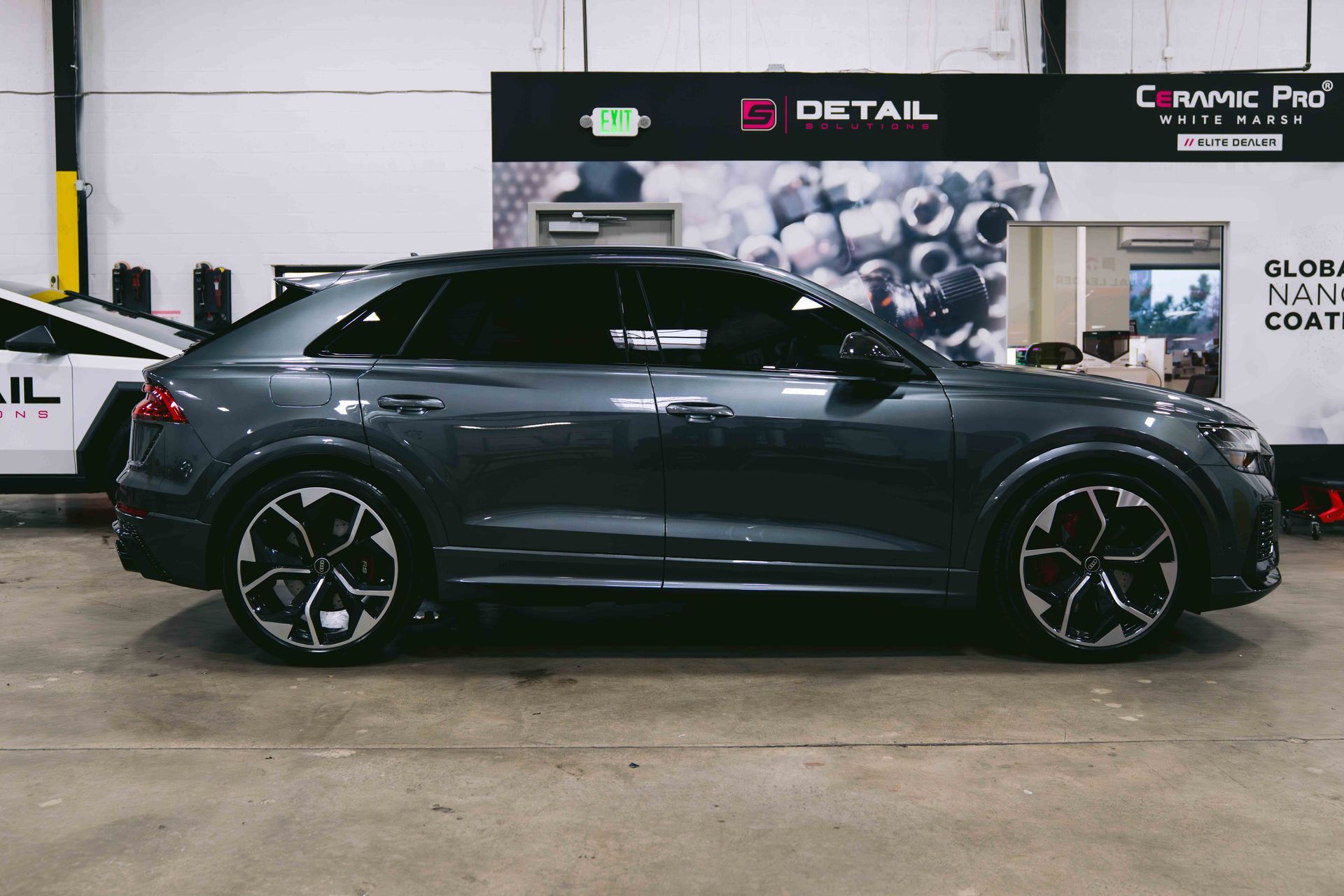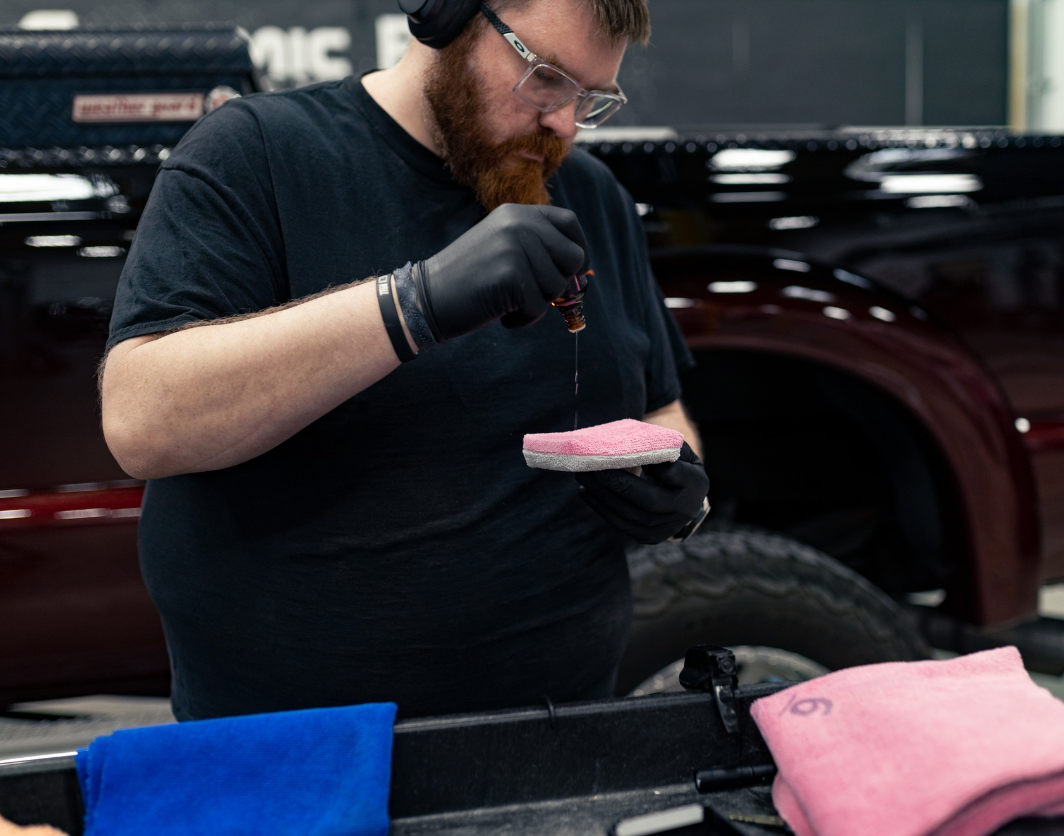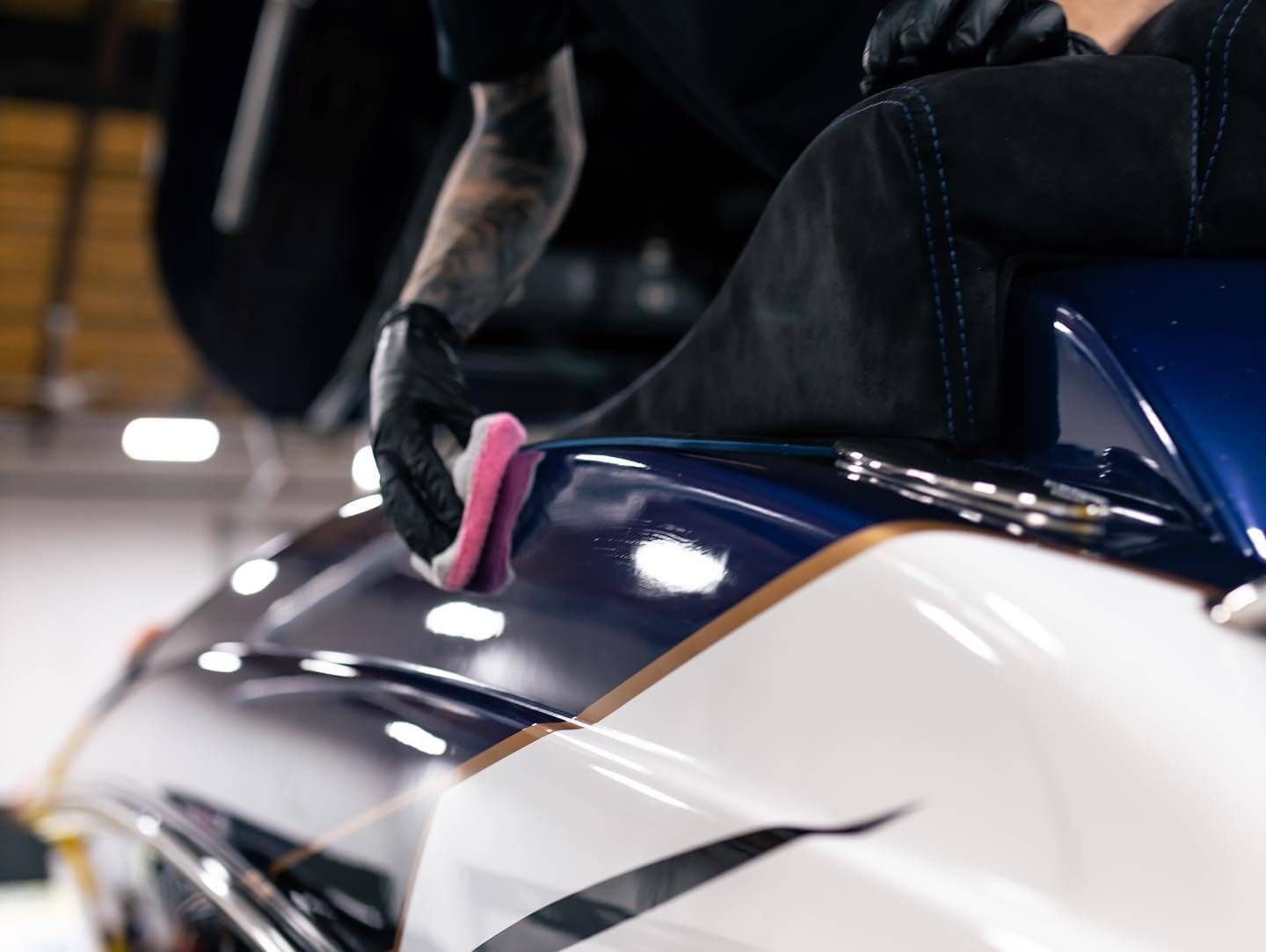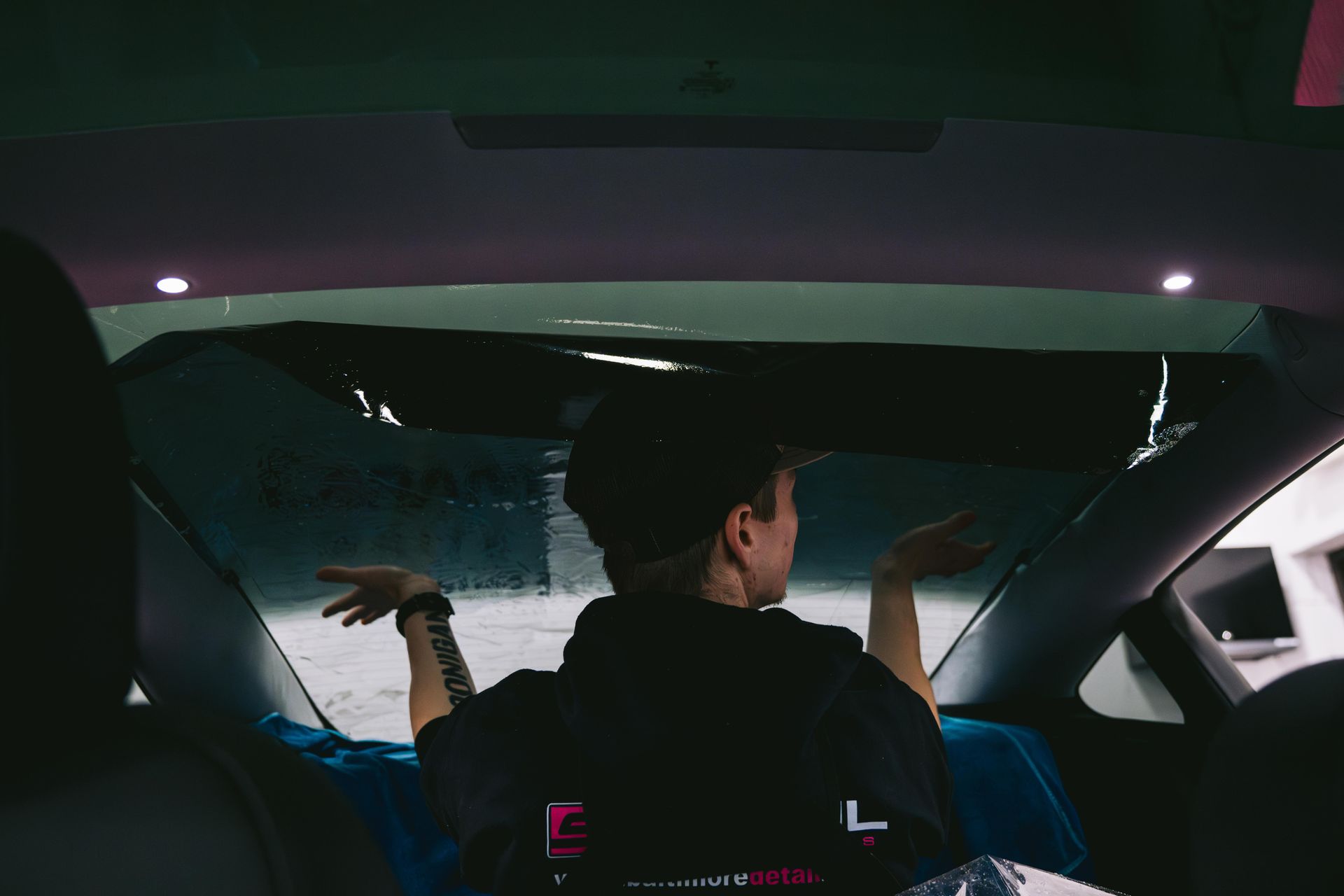The Paint Protection Film (PPF) plays a crucial role in protecting your car. While installing PPF may seem like a one-time task, it requires ongoing care and attention to maintain its quality. Many people believe that just a quick wash here and there will suffice, but that's where they go wrong. After investing time and money in your vehicle's aesthetics and protection, it's crucial to understand how to keep that film safe from wear and tear. In this article, we’ll explore essential tips and tricks to extend the life of your PPF, ensuring that your ride stays looking fresh for years to come. Believe me, putting in a small amount of effort can yield significant results!
To keep your
Paint Protection Film safe from degradation, regularly clean it with pH-neutral soap to prevent dirt buildup and ensure clarity, and perform routine inspections for any lifting or peeling at the edges. Additionally, taking protective measures such as parking in shaded areas and using car covers can significantly mitigate UV radiation exposure and heat degradation, thus prolonging the life of the PPF.
Comprehensive Guide to Preventing Degradation
The heart of effective PPF care lies in understanding the material and its vulnerabilities. Paint Protection Film is made from thermoplastic polyurethane (TPU), which is prized for its elasticity and durability. However, this impressive material is not impervious to degradation. By acknowledging some key factors that can impede its performance, you’ll have a solid foundation for care.
Understanding PPF Composition
First, let’s gain insights into the film itself. The TPU used in PPF provides an excellent barrier against environmental threats like chips and scratches. Maintaining its optimal performance hinges on regular upkeep. Just as you would tend to your skin with sunscreen to guard against UV rays, protecting your film requires vigilance against excessive sun exposure and contaminants.
Establishing a solid cleaning routine is essential to mitigate those risks.
Key Factors Influencing Degradation
- UV Exposure: Just as harmful rays can lead to sunburn on our skin, prolonged exposure can cause the film to yellow over time and lose its clarity.
- Environmental Contaminants: Substances like bird droppings, tree sap, and road salt are not just annoyances; they can chemically react with your PPF and lead to unsightly staining.
- Physical Damage: Whether it’s rogue pebbles flying off the road or using harsh cleaning tools, abrasions can create minor injuries to the film that may develop into larger issues if left unchecked.
- Inadequate Maintenance: Think of maintaining PPF as similar to brushing your teeth—neglect can lead to bigger problems down the line.
Regular inspections are crucial for identifying signs of wear early on before they escalate into costly repairs or replacements. Each month, take a moment to closely inspect the edges for lifting or peeling that could allow moisture or debris underneath to cause further damage.
Beyond inspections, how you clean the PPF is just as important; incorrect techniques can inadvertently cause more harm than good.
Cleaning and Care Techniques
A beneficial habit starts with using a pH-neutral soap during washes—this simple choice preserves the integrity of the film while removing dirt without leaving behind abrasives. When drying, opt for soft microfiber cloths; they gently remove moisture and minimize scratching potential.
To enhance protection further, consider applying a ceramic coating every 6-12 months. This could bolster the film's hydrophobic properties, making it easier to repel water and dirt in the long run.
Always park in shaded areas when possible or utilize car covers during particularly sunny days; protecting your investment from UV factors enables long-term clarity and aesthetics. Implementing these measures ensures that your paint remains vibrant, ultimately maximizing your vehicle's resale value while preserving both beauty and function for years ahead.
Effect of Weather on PPF
Different weather conditions can drastically impact the longevity and performance of PPF. For instance, sunlight and UV radiation significantly contribute to the deterioration of the film. Continuous exposure to bright sunlight, particularly in regions with a high UV index, can cause the film to yellow over time. This degradation affects not only the aesthetic appeal of your vehicle but also diminishes the protection that the film offers. Picture a car parked under the sweltering Phoenix sun; after a few years, it may look as if it has experienced color fade compared to one in cooler, cloudier Seattle weather, where UV exposure is much less.
Sunlight and UV Radiation
The effects of UV radiation can't be understated. Prolonged exposure accelerates the breakdown of chemical compounds in the film, leading to discoloration and loss of clarity. Studies indicate that a vehicle regularly parked in direct sunlight can face up to a 30% loss in clarity after just two years. Despite PPF's design to safeguard your vehicle's paint, environmental factors still pose a threat. Therefore, finding ways to shield your vehicle from this harsh light—like using shade or a quality car cover—becomes paramount.
However, it's not just sunlight that poses challenges; seasonal changes introduce their set of risks.
Harsh Winters
When winter rolls around, different threats emerge—specifically road salts and extreme cold temperatures. These conditions can severely damage your PPF, causing it to become brittle and more vulnerable to cracks. If you reside in Minneapolis, a city with heavy snowfall and salt-treated roads, you may observe your film chipping or peeling more quickly than someone in Los Angeles, a city with milder winters. This brittleness isn't just cosmetic; it compromises the protective qualities of the film and exposes your vehicle.
To mitigate these weather-induced impacts, addressing damages promptly becomes crucial. Being proactive can significantly extend the life and effectiveness of your PPF while safeguarding your vehicle's appearance and value against all that nature throws at it. Let's explore what common issues may arise next and how to tackle them effectively.
Addressing Common Damages
Even with diligent care, minor damages to PPF are inevitable, but knowing how to tackle these issues ensures that they don’t become more significant problems down the line.
Regularly inspecting your PPF allows you to catch potential issues early on; this method can save you from future headaches and costly repairs.
Moving on to another common issue: peeling edges. It's not uncommon to find the edges of your PPF beginning to lift, especially if you've had a rough winter or parked your car outdoors frequently. Fortunately, PPF-friendly adhesives can easily resolve this issue. Once you identify the lifted sections, apply the adhesive carefully, ensuring it reaches underneath the lifted areas to reseal them firmly against your vehicle's surface. This simple fix can restore the film to its original state without needing professional assistance.
Beyond scratches and peeling, other concerns like yellowing and stains may arise over time. Being mindful of environmental factors such as UV exposure and pollutants is essential in preventing these issues before they develop fully. Regular washing with a pH-neutral soap, for instance, effectively prevents grime while preserving clarity. It's good practice to schedule cleanings every two weeks or so, particularly if you regularly drive in conditions where dirt and debris accumulate quickly.
Monitoring these components not only contributes to aesthetics but also significantly contributes to the preservation of your vehicle's value.
Finally, addressing any damages promptly is paramount for preservation. If things escalate past minor scratches or lifting edges, seeking professional advice or service might be necessary to ensure your investment remains protected. By adhering to these guidelines and maintaining your PPF, just like any other component of your vehicle, you can establish a durable protective barrier that will endure over time.
As we move forward, let's explore further strategies that ensure not only protection but also longevity for your vehicle’s defense system.
Protective Measures for Longevity
Proactively protecting your Paint Protection Film (PPF) significantly extends its life. Among the key strategies, proper washing techniques play a crucial role in preserving the film's integrity. Always steer clear of automated car washes with harsh brushes when washing your vehicle, as they can potentially scratch the film's surface. Instead, consider hand washing with a soft microfiber cloth and pH-neutral car soap. This gentle approach minimizes abrasion while effectively removing dirt and grime that can settle on the surface.
Furthermore, after washing, it’s beneficial to maintain a habit of drying your vehicle properly using a soft towel specifically designed for automotive use. This step minimizes water spots that can eventually wear down the film over time. It might seem tedious, but think of it as giving your car a mini spa day every few weeks—the results will stand out whenever you drive.
The way you handle environmental factors also contributes deeply to the durability of your protective film.
Consider incorporating some preventative practices concerning environmental exposure. For instance, if you live near coastal areas or places with heavy pollen counts, frequent rinsing to remove salt and debris is essential. Salt from ocean air and pollen can cling to the PPF and potentially degrade it over time if left unattended. A quick rinse can act as a shield against long-term damage.
Additionally, if you're a high-mileage driver who frequently navigates rough terrains, investing in a top-tier paint protection product can significantly enhance its durability. Opting for more specialized offerings increases durability in challenging conditions.
Maintain Clear-Coat Health
You should also regularly check the clear coat health of your PPF. Minor scratches and blemishes can sometimes develop through day-to-day use. These imperfections can trap contaminants, which may compromise the film’s overall appearance over time—especially if they aren’t routinely addressed. Incorporating a simple inspection routine to look for such marks enables you to catch them early before they become larger issues.
Imagine neglecting these minor flaws—over time they could evolve into costly repairs.
Best Practices for Regular Inspections
Regular inspections should be part of every car owner's routine, especially those with Paint Protection Film (PPF) on their vehicles. These inspections are vital not only for identifying imperfections but also for preserving the overall integrity of the film. The best approach is to check your vehicle at least once a month; this frequency allows you to catch early signs of peeling, discoloration, or damage before they escalate into significant issues.
Inspection Frequency
When conducting these monthly checkups, closely examine edges and seams since these areas are often more vulnerable to wear and tear. If you find any lifting corners or cracks in the film, address them immediately to prevent further degradation or moisture intrusion that could compromise your original paint underneath.
Additionally, paying attention to environmental influences can make a significant difference. If your vehicle frequently endures harsh weather conditions or you've been on gravel roads, consider conducting these inspections every two weeks rather than once a month.
Detailing Visits
Scheduling professional detailing sessions periodically adds another layer of security for your PPF. A professional touch can reveal flaws that might be invisible to an untrained eye. Experts have specialized tools and expertise for assessing damage and determining the right methods for repairs or maintenance.
Consider detailing services from us at Detail Solutions. We provide comprehensive PPF services that go beyond standard cleaning and can help ensure your film remains in top condition.
In conclusion, maintaining your PPF is essential for preserving both its appearance and functionality. For expert advice or to schedule service, visit
Detail Solutions or call us at (410) 238-3000 today!



